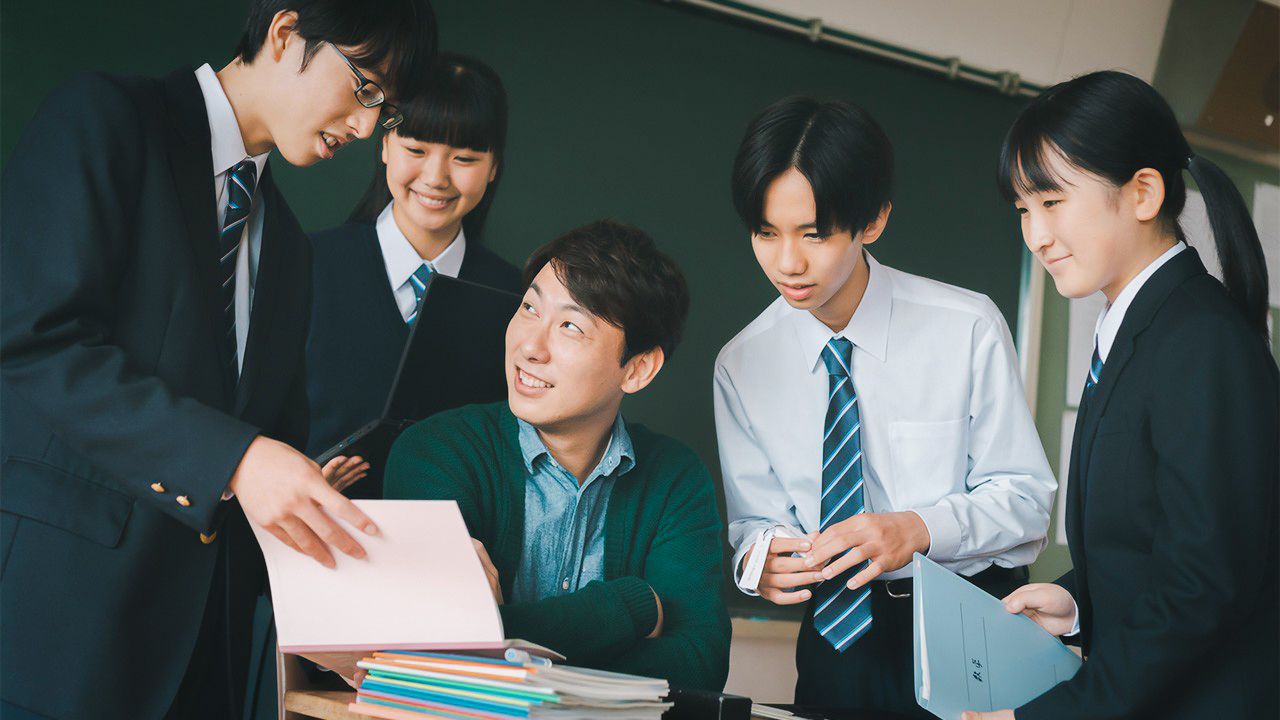
“Karōshi”: Over One in Three Junior High School Teachers Working Dangerous Levels of Overtime
Work Education Society- English
- 日本語
- 简体字
- 繁體字
- Français
- Español
- العربية
- Русский
Under Japanese legislation, teachers are paid a flat 4% rate for overtime, no matter how much they do. This is the case despite the many hours they spend outside classes, leading club activities, talking with parents, and preparing school events.
A preliminary survey looking at teachers’ working conditions in 2022 revealed that elementary school teachers worked on average 10 hours 45 minutes per weekday and junior high school teachers worked 11 hours 1 minute. This survey, conducted by the Ministry of Education, Culture, Sports, Science, and Technology, was the first in six years. When compared to the results of the last survey in 2016, each of the averages had decreased by approximately 30 minutes; however, the teachers’ working hours were still significantly longer than the prescribed 7 hours 45 minutes.
In principle, the ministry has set the upper limit for overtime work at 45 hours a month and 360 hours a year. But 64.5% of elementary school teachers and 77.1% of junior high school teachers are working longer than that. A further 14.2% of elementary school teachers and 36.6% of junior high school teachers are pressed to work more than 80 hours of overtime, which exceeds what is known as the karōshi line, the cut-off point after which death from overwork becomes an imminent danger. To alleviate this situation, the ministry has been promoting work style reforms, including increasing the number of teachers and school support staff members, revising school club activities, and adopting ICT. Further improvements are required though.
The nationwide survey targeted 1,200 public elementary schools and 1,200 junior high schools. There were valid responses from 17,762 teachers and principals at 1,191 elementary schools and 17,477 teachers and principals at 1,186 junior high schools.
(Translated from Japanese. Banner photo © Pixta.)
